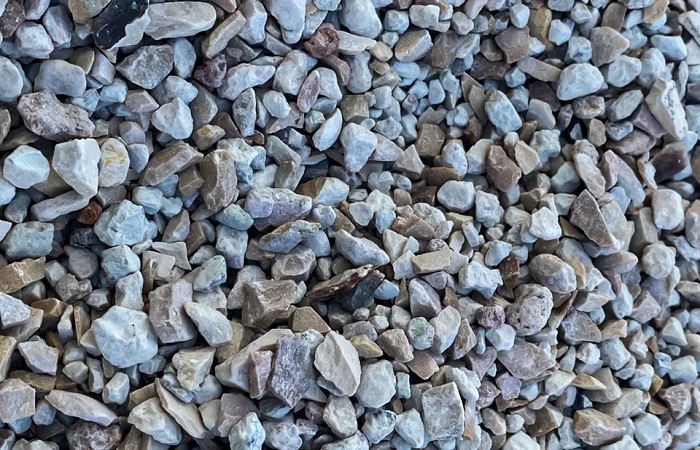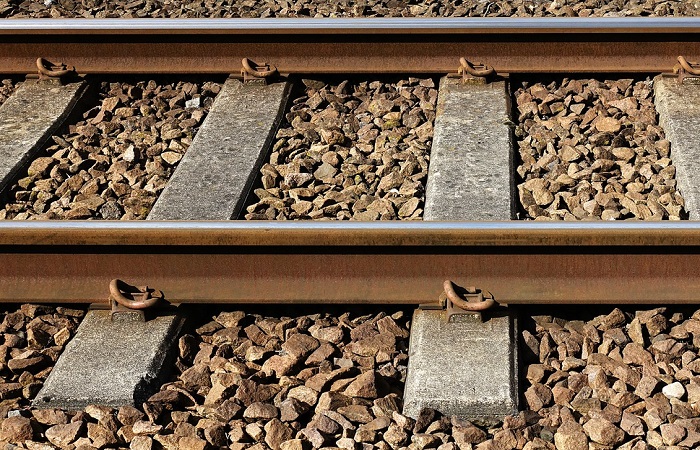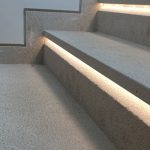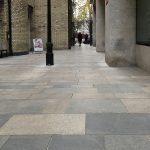Selecting Most Appropriate Aggregate

Selecting Most Appropriate Aggregate
Selecting most appropriate aggregate is a crucial task. Aggregates play an important role in the construction sector and can be used for different projects. Their primary use is to strengthen concrete, strengthening its structure and thus minimizing instances of cracks. Aggregates are used in the construction of railway and road ballast to distribute the load over a large area. They also create a void structure that forms a path for water to flow.
The Use of Aggregates in Construction
Aggregates are an important element in the making of concrete and offer several benefits. The smaller the size of the aggregate, the greater generally the cost of bringing in the binding material. Using excessive amounts of aggregate is not recommended either because it will weaken the binding material. A good compromise is to combine a mixture of fine and coarse aggregates to minimize the two problems mentioned above. It has also been shown that aggregates form a highly valuable product that can fetch a good price in the market.
Getting the Right Aggregate for Home Projects
You must have run into this common issue; which type of aggregate should I get for my home improvement project? Depending on your project, you might want fine aggregates, which are smaller than 5mm in size and can be used for a range of applications. Conversely, you can get coarse aggregates which are larger than 20 mm in size.

Selecting Most Appropriate Aggregate
Since aggregates will occupy most of the volume of the concrete, it is important to make sure you choose the right make and model. Here are a few key factors you should consider.
-
Size
Aggregates can be small or large, from fine sand to fist-sized rocks. Coarse aggregates are larger than ¼ inch, while anything smaller is termed as fine aggregate. It is not recommended to use aggregates that are greater than 1/3rd in diameter than 1/3rd the depth of the slab. As a general rule, if the countertop has a thickness of 1 ½ inch, then the aggregate should be no more than ½ inch. It is common to mix fine aggregates with coarser aggregates to fill the void in larger pieces, and it can be used to lock the larger pieces together, known as graded aggregates. This decreases the amount of possible shrinkages and reduces the amount of cement paste required.
-
Shape
The two most popular shapes are angular particles and rounded particles. Angular, rough aggregates tend to pack more closely together and have a larger surface area, which increases the amount of inter-particle friction than in rounded, smooth particles. Higher friction is not very conducive to workability. Rounded particles require a bit less cement paste to coat them than angular particles. This is why mixes with rounder particles won’t require as much cementitious content.
-
Material
Most crushed rocks and natural stones are ideal for use in concrete. Commonly used stones include basalt, quartz, granite, limestone, and marble. If you are using diamond tools to ground concrete countertops, you could end up exposing a large chunk of the aggregate which may not look too pleasing. Problems may arise with reactive, soft, or weak rock or stone.
-
Gradation
Coarse aggregates are about 10 times larger than finer aggregates, but it is common for their range of sizes to be more diverse. There are three levels of gradations, well-graded, poorly graded, and gap-graded.
Well-graded aggregates have a gradation of particles that evenly span from finest to the coarsest. A cut-section of well-graded aggregate will reveal a packed field of various different sizes of particles. This also means that the particles have virtually no voids between them.
Poorly Graded Aggregates
Poorly graded aggregates have virtually no variations in size. This isn’t good because there are large voids between each particle, no matter how densely packed they may be. In order to fill the large voids, poorly graded aggregates are filled with a large amount of cement paste. This is not very economical and doesn’t perform as well. A better option is to use gap graded aggregates, although this isn’t optimal either.
Construction Aggregate
In this text, we talked about selecting most appropriate aggregate. Construction aggregate, or simply aggregate, is a broad category of coarse- to medium-grained particulate material used in construction, including sand, gravel, crushed stone, slag, recycled concrete and geosynthetic aggregates. Aggregates are the most mined materials in the world. Aggregates are a component of composite materials such as concrete and asphalt concrete; the aggregate serves as reinforcement to add strength to the overall composite material.
To learn more about us, click here.
Sources
www.mpmoran.co.uk/blog/2019/08/28/detailing-the-use-of-aggregates-in-construction/
en.wikipedia.org/wiki/Construction_aggregate
- Back To Articles
- aggregates, aggregates applications, aggregates in Construction, aggregates shape, aggregates size, aggregates uses, armani grey marble, armany grey, building materials, Construction Aggregate, construction materials, Getting the Right Aggregate for Home Projects, grey Armany, Pietra Grey Marble, Pietra Grey Marble Tiles, Selecting Most Appropriate Aggregate, stone, stone industry, The Use of Aggregates in Construction
Article
Natural Stone Applications
- 22 December 2022
Iranian Stones Introduction According to Source and Quarry
- 21 December 2022
Technical Stone Introduction and Quarrying Procedures
- 21 December 2022
Categories
- blog757
- news1
- Specialized articles756













